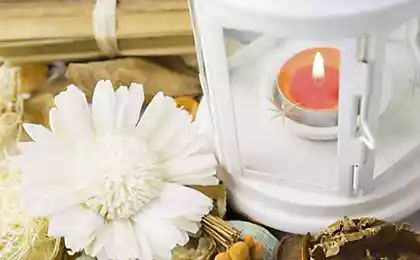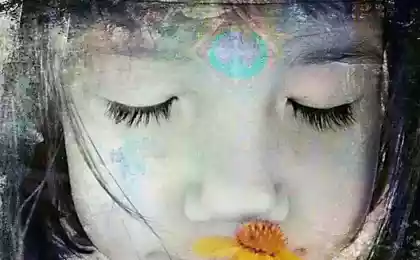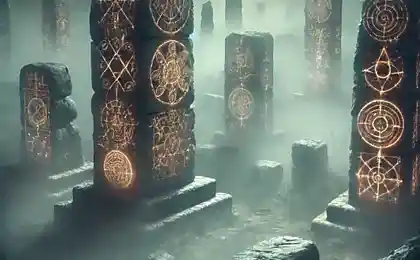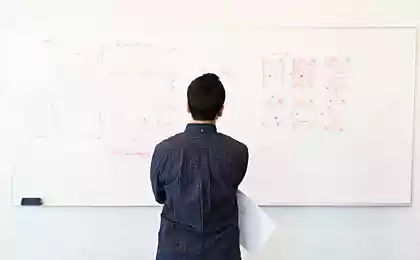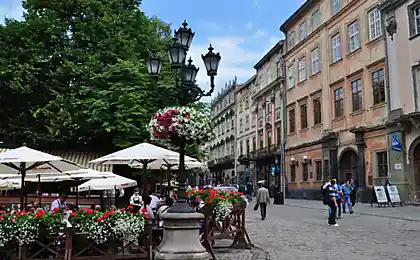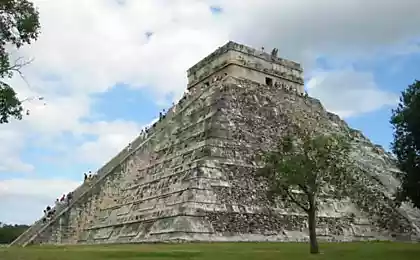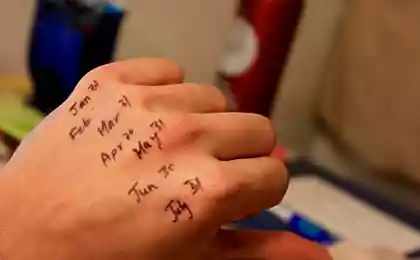228
What does history smell like: recreated scents of ancient eras
How Perfumers and Chemists Restore the Smells of Pompeii, Medieval Markets and Dostoevsky’s Cabinet

The Smell of Time: Smelling as a Key to the Past
Smells are a powerful tool that can transport us back in time faster than any artifacts. They store traces of long-gone eras, transferring the atmosphere of ancient civilizations through chemical molecules.
How do you recreate the scents of history?
Combining archaeology, chemistry and perfumery, scientists are working to restore the scents of the past. Used:
Scientists were able to reconstruct the perfumes used by the noble ladies of Pompeii. Their fragrances included incense, myrrh, rose and saffron preserved in ancient vials frozen in the ashes of Vesuvius.

Medieval Markets: A Mixture of Spices, Skin and Sweat
Medieval cities smelled different: a mixture of fresh bread, leather, spices and aromas of street shops. Studies of the scents of medieval manuscripts have recreated the atmosphere of European markets.
Dostoevsky's office: the aroma of ink and tobacco
Manuscripts of the great writer keep traces of his time: the smell of musty paper, ink and strong tobacco that accompanied him during long hours of work.

Conclusion: How the sense of smell shapes memory
Smells have a unique ability to evoke memories, connecting us to bygone eras. Modern technology allows us to feel the scent of the past and open a new chapter in the study of history.

The Smell of Time: Smelling as a Key to the Past
Smells are a powerful tool that can transport us back in time faster than any artifacts. They store traces of long-gone eras, transferring the atmosphere of ancient civilizations through chemical molecules.
How do you recreate the scents of history?
Combining archaeology, chemistry and perfumery, scientists are working to restore the scents of the past. Used:
- Oil and resin residuesfound in amphorae and ceramics.
- Historical recordsDescribe the ingredients used.
- Modern technologies of analysisTo determine the molecular composition of ancient perfumes.
Scientists were able to reconstruct the perfumes used by the noble ladies of Pompeii. Their fragrances included incense, myrrh, rose and saffron preserved in ancient vials frozen in the ashes of Vesuvius.

Medieval Markets: A Mixture of Spices, Skin and Sweat
Medieval cities smelled different: a mixture of fresh bread, leather, spices and aromas of street shops. Studies of the scents of medieval manuscripts have recreated the atmosphere of European markets.
Dostoevsky's office: the aroma of ink and tobacco
Manuscripts of the great writer keep traces of his time: the smell of musty paper, ink and strong tobacco that accompanied him during long hours of work.

Conclusion: How the sense of smell shapes memory
Smells have a unique ability to evoke memories, connecting us to bygone eras. Modern technology allows us to feel the scent of the past and open a new chapter in the study of history.
Why Smart People Believe in a Flat Earth Psychology of Conspiracy
10 books that everyone should read



